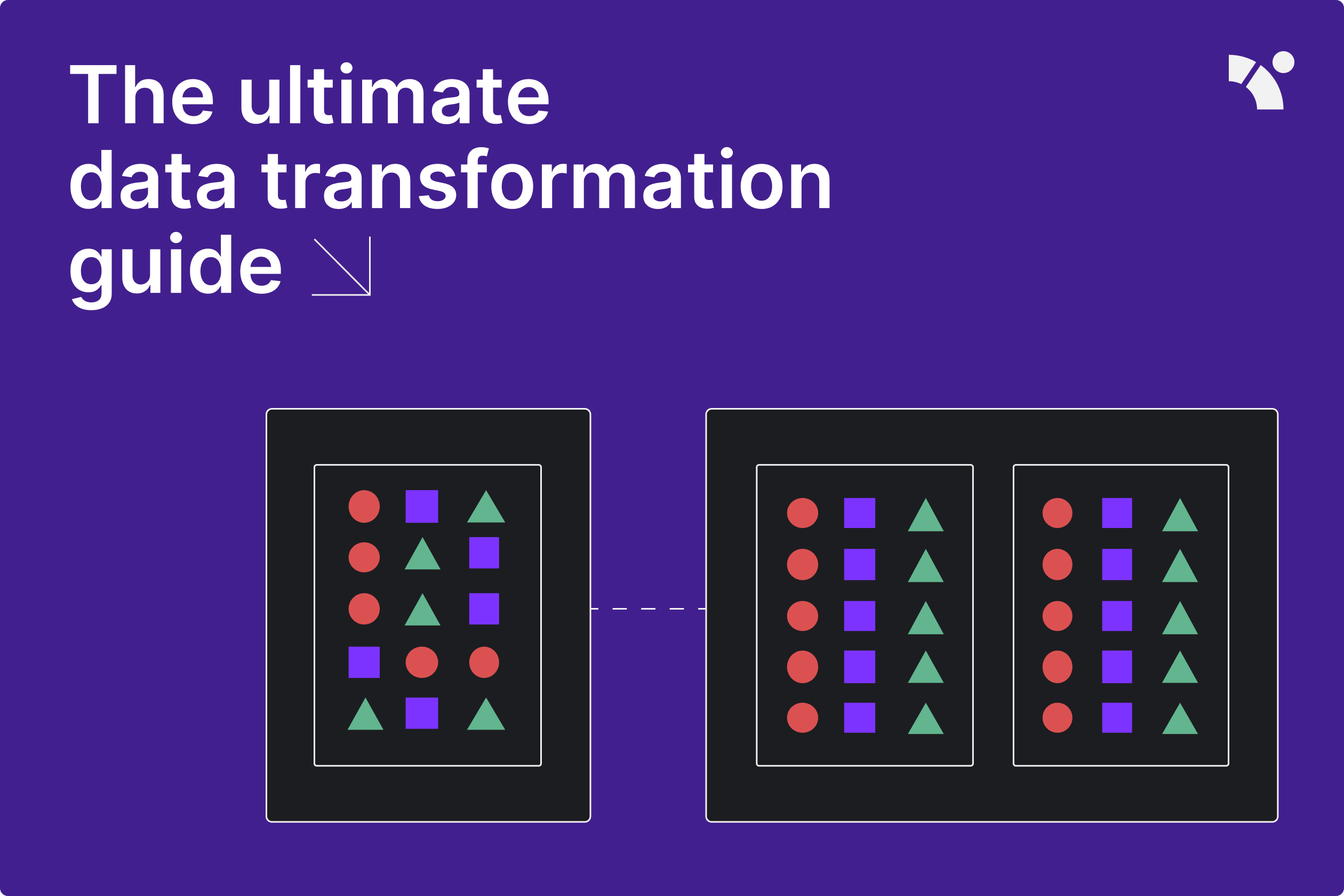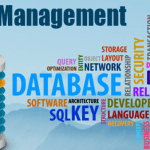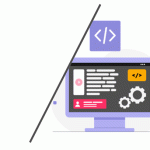The Ultimate Guide to Data Transformation
Introduction
Data transformation is the process of converting data from one format, structure, or type to another. The process is vital in data management as it allows organizations to derive insights, make informed decisions, and improve overall efficiency. In this paper, we present the ultimate guide to data transformation, covering the different types of data transformation, tools, best practices, and common challenges.
Types of Data Transformation
There are various types of data transformation techniques, and they include:
Data Integration: Data integration involves combining data from multiple sources, formats, or systems into a single, coherent data set. The process involves identifying the relationship between data sets, merging or joining data, and resolving data conflicts.
Data Aggregation: This is the process of summarizing data by grouping it into categories, such as months, quarters, or years. The process involves calculating summary statistics such as the mean, median, or mode.
Data Transformation: This involves transforming data from one format, structure, or type to another. The process can include changing data types, converting data from one encoding to another, and reformatting data.
Tools for Data Transformation
There are several tools that organizations can use for data transformation, including:
OpenRefine: OpenRefine is a free, open-source tool that organizations can use for data cleaning, data transformation, and data integration.
Talend: Talend is a data integration tool that allows organizations to connect and integrate data from multiple sources, including databases, file systems, and cloud platforms.
Apache Spark: Apache Spark is a distributed computing engine that organizations can use for data transformation and data processing. It supports multiple programming languages, including Java, Python, and R.
Best Practices for Data Transformation
To ensure the success of data transformation projects, organizations should follow these best practices:
Plan ahead: Organizations should plan their data transformation projects carefully, including identifying the data sources, mapping data fields, and determining the desired outcome.
Standardize data: Organizations should standardize data by ensuring that data is formatted consistently across all systems and sources.
Validate data: Organizations should validate data by ensuring that it meets specific quality standards, such as accuracy, completeness, and consistency.
Automate the process: Organizations should automate the data transformation process as much as possible to minimize errors, reduce costs, and improve efficiency.
Challenges of Data Transformation
There are several challenges associated with data transformation, including:
Data quality: Poor data quality can lead to inaccurate insights, incorrect decisions, and unreliable results.
Data compatibility: Different data sources may have different formats, structures, or types, making it difficult to integrate and transform data.
Data volume: Organizations may have to deal with large volumes of data, which can slow down the data transformation process and increase costs.
Conclusion
Data transformation is a critical process that enables organizations to make informed decisions, derive insights, and improve efficiency. There are various types of data transformation techniques, including data cleaning, data integration, data aggregation, and data transformation. To ensure successful data transformation projects, organizations should follow best practices such as planning ahead, standardizing data, validating data, and automating the process. However, data transformation projects come with several challenges, including data quality, data compatibility, and data volume. Organizations can overcome these challenges by using appropriate tools, such as OpenRefine, Talend, and Apache Spark, and by partnering with experienced data transformation experts.
Add Comment
You must be logged in to post a comment.








